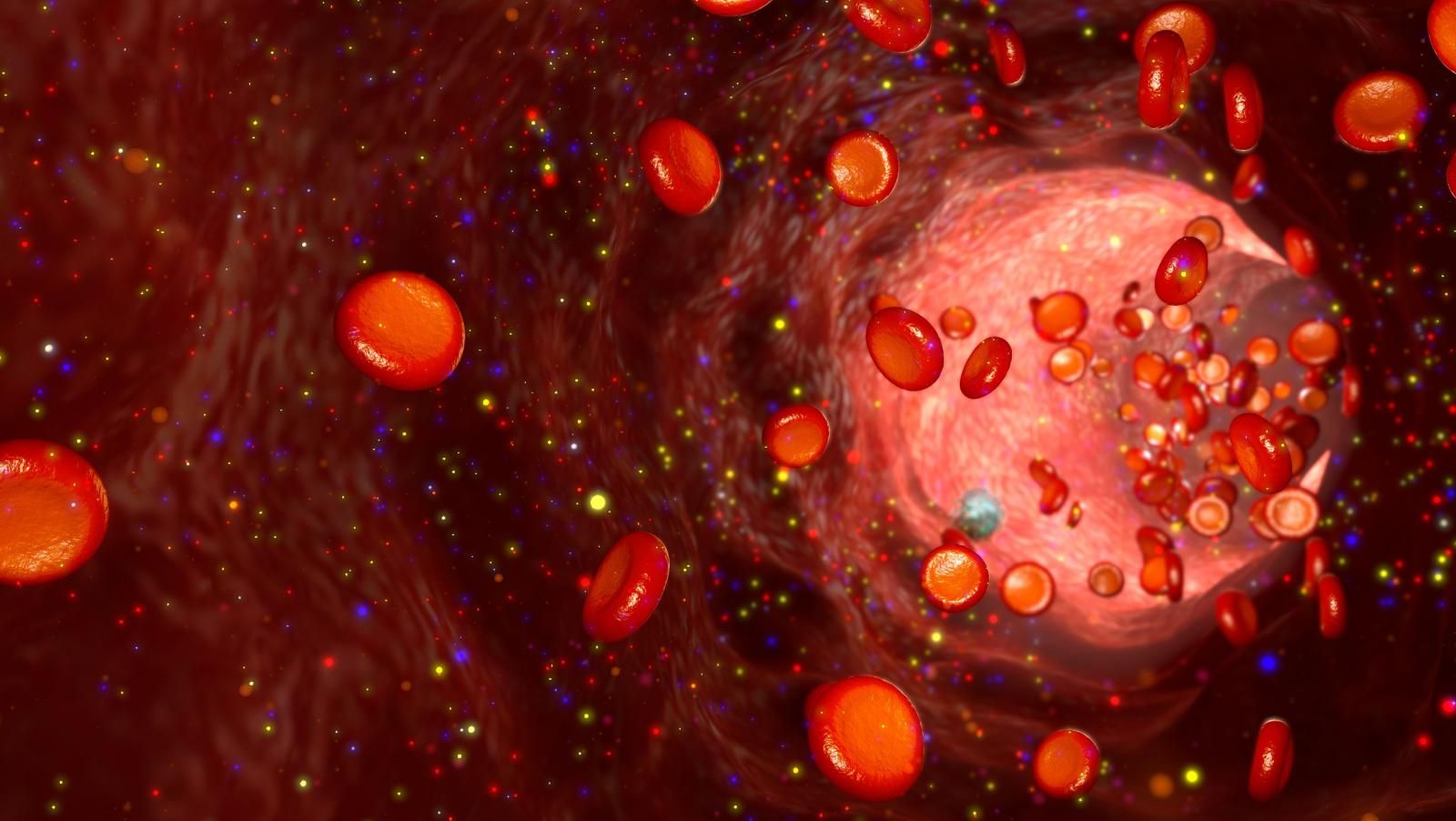Alisertib and Romidepsin Combination Remains Safe in Relapsed/Refractory Lymphomas
The aurora A kinase inhibitor alisertib plus the class I histone deacetylase inhibitor romidepsin is a safe combination for the treatment of patients with relapsed/refractory lymphomas, according to the findings from a phase I study whose results were published by Paolo Strati, MD, and colleagues in Haematologica.

The aurora A kinase inhibitor alisertib (MLN8237) plus the class I histone deacetylase inhibitor romidepsin (Istodax) is a safe combination for the treatment of patients with relapsed/refractory lymphomas, according to the findings from a phase I study whose results were published by Paolo Strati, MD, and colleagues inHaematologica.
The primary end point of the trial was to assess the safety of the combination, whereas secondary end points included objective response rate (ORR) and complete response (CR) rate. Overall, 25 patients were included in the study, and 8 different dose levels were given to 3 patients each, while 1 additional patient received dose level 4 after a patient assigned to this level discontinued before dose-limiting toxicity (DLT) assessment.
Overall, 24 patients were evaluable for response, and 1 patient withdrew after 4 weeks on the study. The ORR was 28% in the overall population (7 out of 25), and the ORR was 71% in 5 out of 7 patients with classic Hodgkin lymphoma (cHL). Overall, 3 patients achieved a CR, 2 of whom were from the cHL cohort. Four patients achieved a partial response, 3 of whom had cHL, and 5 patients had stable disease.
Although 21 of the patients were evaluable for response by imaging, 3 patients had clinical progression prior to the imaging studies. Four patients discontinued treatment after 1 cycle, 3 of which were due to progression and 1 because the patient withdrew consent. There was a decrease in tumor burden by imaging studies in 12 patients. One patient went on to receive an allogeneic stem cell transplant (SCT) after remaining on treatment for 3 months.
Twenty-three patients (92%) progressed after median follow-up of 5 months (range, 1-46), 1 of whom progressed after allogeneic SCT. Two patients with heavily pretreated cHL, 2 patients with peripheral T-cell lymphoma, and 1 patient with DLBCL achieved a progression-free survival (PFS) of 6 months or longer. At the data cutoff, 11 patients (44%) had died due to disease progression. The median overall survival was 12 months (range, 1-46).
The most common grade 3/4 hematologic toxicities included thrombocytopenia (40%), anemia (28%), and neutropenia (24%). Others included deep vein thrombosis/pulmonary embolism (8%) and febrile neutropenia (4%). The most common grade 3/4 non-hematologic toxicities included infection (24%) and fatigue (16%). Other non-hematologic toxicities included hypertension, hyperglycemia, hyponatremia, and nausea in 8% of patients each and renal failure, tremors, transaminitis, hyperbilirubinemia, allergy, atrial fibrillation, and edema in 4% of patients each.
Overall, 24 (96%) patients discontinued treatment. Disease progression (79%), completion of treatment (9%), indication for SCT (4%), patient’s choice (4%), and toxicity (4%) were the reasons for discontinuation. However, no DLTs were observed.
The open-label single-institute clinical trial enrolled patients with a histologically confirmed HL, Burkitt’s lymphoma, diffuse large B-cell lymphoma (DLBCL), or peripheral T-cell lymphoma who were relapsed or refractory to at least 1 prior line of systemic therapy. They had to have at least 1 measurable disease site, an ECOG performance status of 0 to 2, and adequate hematological, renal, and hepatic function. However, patients with low-grade B-cell lymphoma or central nervous system involvement were excluded from the study.
The median age of patients was 56 years (range, 23-77), and 7 patients (28%) were over the age of 65. Twenty-one patients (84%) were male. In terms of diagnosis, 12 (48%) patients had DLBCL, 7 (28%) had HL, 4 (16%) had peripheral T-cell lymphoma, and 2 (8%) had Burkitt’s lymphoma. The median number of prior regimens was 4 (range, 1-10), and 18 patients (72%) had at least 2 prior lines of therapy. Nine patients (36%) had a prior autologous SCT, and 7 (28%) had a prior allogeneic SCT.
As single agents, both romidepsin and alisertib demonstrated promising clinical activity and response rates in prior clinical trials. Romidepsin was associated with an ORR of 25% to 38% a CR rate of 15% to 18%, and median response duration of 9-28 months in patients with relapsed/refractory peripheral T-cell lymphoma. Treatment with alisertib led to an ORR of 27% to 30% in patients with relapsed/refractory B-cell and T-cell non-Hodgkin lymphoma and a CR rate of 7% to 10%.
“The achievement of CR or PR in 5 out of 7 patients with heavily pre-treated cHL (all having failed chemotherapy, brentuximab vedotin, PD-1 inhibitors and/or SCT) observed with this combination is promising,” Strati et al wrote. Overall, the regimen appears safe in patients with relapsed/refractory lymphomas. The combination needs to be further evaluated in a phase II study.
Reference:
Strati P, Nastoupil LJ, Davis RE, et al. A phase 1 trial of alisertib and romidepsin for relapsed/refractory aggressive B-cell and T-cell lymphomas.Haematologica. 2020;105(1):e26-e28. doi: 10.3324/haematol.2019.220012.
Examining the Non-Hodgkin Lymphoma Treatment Paradigm
July 15th 2022In season 3, episode 6 of Targeted Talks, Yazan Samhouri, MD, discusses the exciting new agents for the treatment of non-Hodgkin lymphoma, the clinical trials that support their use, and hopes for the future of treatment.
Listen